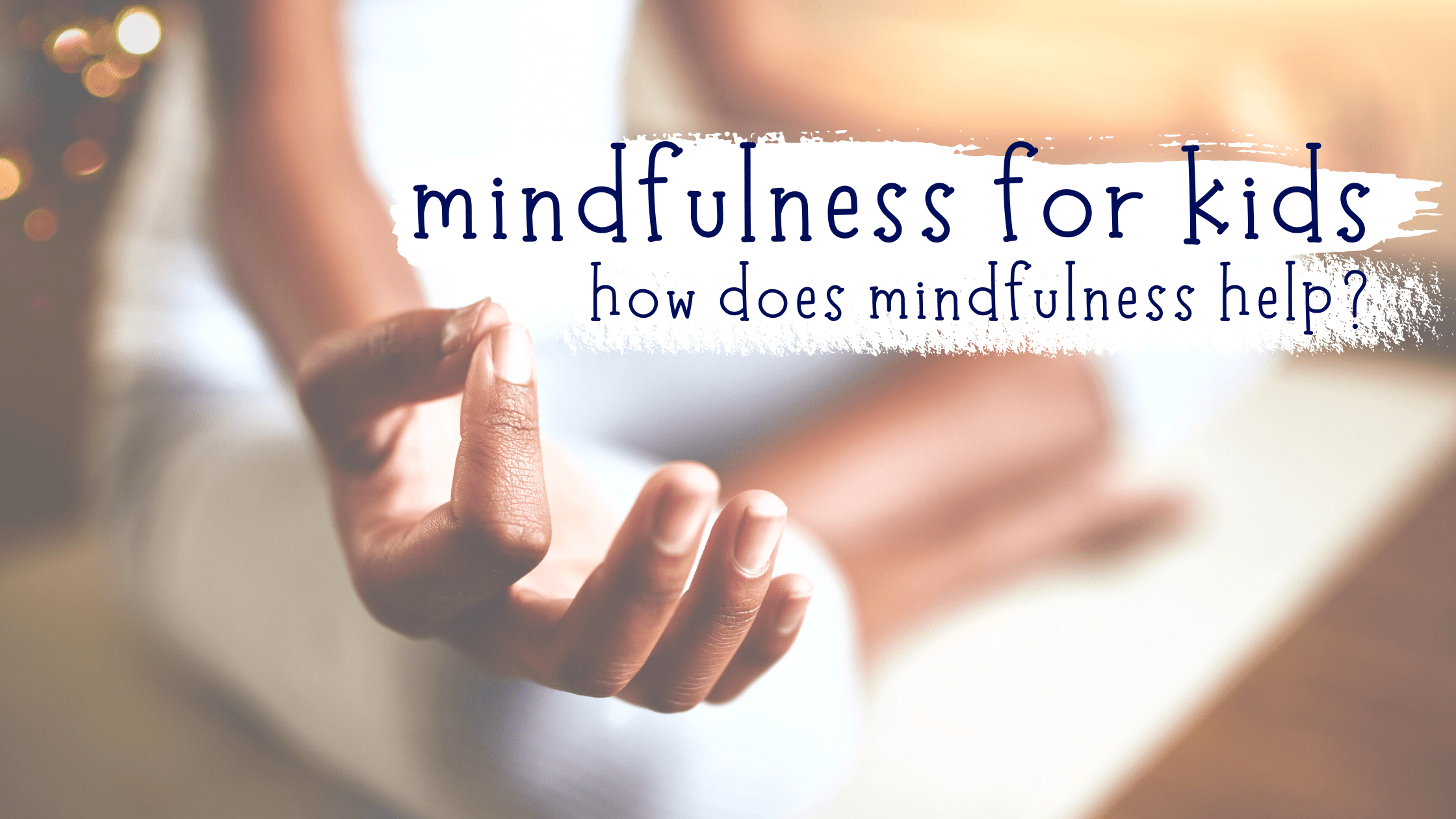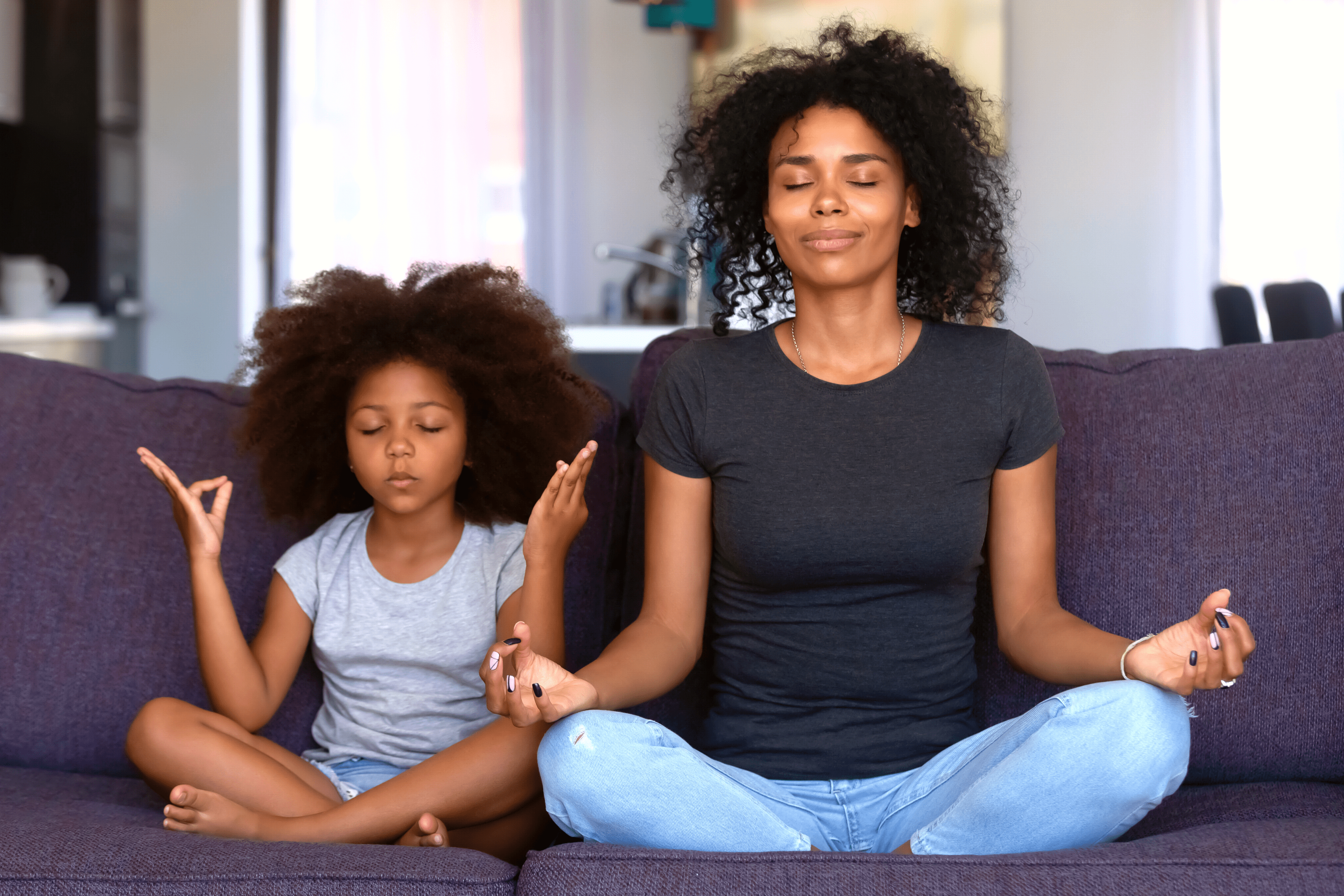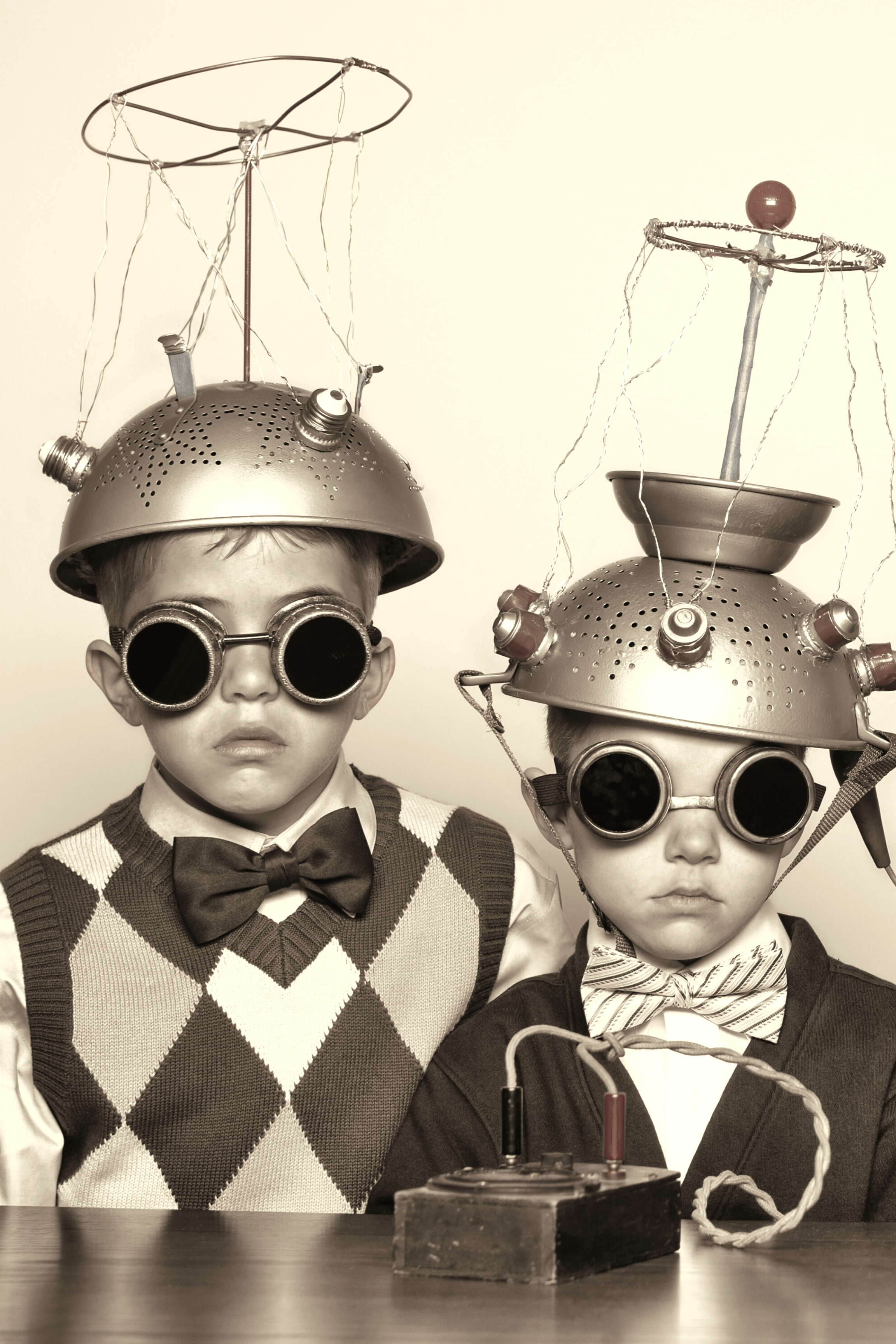
Mindfulness is a buzz word for this decade it appears. And more recently in the last several years as we have struggled through covid and everything that comes with it. Having a healthy grasp of your mindfulness is more important than ever. However, oftentimes we only look at mindfulness as it applies to adults. In this blog we’re going to talk about mindfulness with our kids, teens and young adults.
On the mindful.org website they give a basic definition of mindfulness that kids can understand. They say, “Mindfulness meditation, at its simplest, is paying attention to what is happening in the present moment. It may be what you’re feeling, hearing, or anything else you notice. There’s no special place of calm you have to reach and it’s not about clearing your mind, it’s just an honest and kind look at what you’re experiencing at this moment.“
How does mindfulness help?
The New York Times recently did an article about mindfulness with kids and this is what they had to say about how it helps each individual. “Adversity comes at us from the moment we are born. Infants get hungry and tired. Toddlers grapple with language and self-control.
And as children develop through adolescence to become teenagers, life grows ever more complicated. Developing relationships, navigating school and exercising independence — the very stuff of growing up — naturally creates stressful situations for every child.
At each developmental stage, mindfulness can be a useful tool for decreasing anxiety and promoting happiness. Mindfulness — a simple technique that emphasizes paying attention to the present moment in an accepting, nonjudgmental manner — has emerged as a popular mainstream practice in recent decades.
It is being taught to executives at corporations, athletes in the locker room, and increasingly, to children both at home and in school.”

Why teach mindfulness in our schools? Waterford.com says the following, “The Collaborative for Academic, Social, and Emotional Learning (CASEL) has linked mindfulness to two core social-emotional skills: self-regulation and self-awareness. These skills teach students not only how to recognize their thoughts, emotions, and actions, but also how to react in positive ways.
According to brain imaging research, practicing mindfulness can alter brain structure in a way that can improve a student’s reaction to stress. It thickens the cerebral cortex, which is responsible for perception and reasoning, and increases blood flow in the brain. And not only does mindfulness training reduce stress levels, it can also help alleviate anxiety or depression.

A final reason to try mindfulness in your classroom? It can be especially helpful for children with learning disabilities, particularly attention-deficit hyperactivity disorder (ADHD).
One study found that children with learning disabilities who received mindfulness training earned better grades and had fewer behavioral issues compared to before they started the program.
Children in special education programs are better connected with their peers after mindfulness training.
Overall, mindfulness has something to offer for every child in your class. It can relieve student stress, reduce bullying rates, and help children with learning disabilities or special needs develop stronger SEL skills.
If you haven’t yet tried mindfulness activities with your class, now may be the time to see just how much they can benefit your students.”
How does it help with ADHD and other issues?
In 2016 the New York Times also had an article about the benefits of mindfulness in children as it related to different diagnoses. “It’s long been known that meditation helps children feel calmer, but new research is helping quantify its benefits for elementary school-age children.
A 2015 study found that fourth- and fifth-grade students who participated in a four-month meditation program showed improvements in executive functions like cognitive control, working memory, cognitive flexibility — and better math grades.
A study published recently in the journal Mindfulness found similar improvements in mathematics in fifth graders with attention deficit hyperactivity disorder. And a study of elementary school children in Korea showed that eight weeks of meditation lowered aggression, social anxiety and stress levels.
These investigations, along with a review published in March that combined the developmental psychology and cognitive neuroscience literature, illustrate how meditative practices have the potential to actually change the structure and function of the brain in ways that foster academic success.
Now Let’s Talk About The Science!
Fundamental principles of neuroscience suggest that meditation can have its greatest impact on cognition when the brain is in its earliest stages of development.
This is because the brain develops connections in prefrontal circuits at its fastest rate in childhood. It is this extra plasticity that creates the potential for meditation to have greater impact on executive functioning in children.
Although meditation may benefit adults more in terms of stress reduction or physical rejuvenation, its lasting effects on things like sustained attention and cognitive control are significant but ultimately less robust.
A clinical study published in 2011 in The Journal of Child and Family Studies demonstrates this concept superbly.
The research design allowed adults and children to be compared directly since they were enrolled in the same mindfulness meditation program and assessed identically.
Children between 8 and 12 who had A.D.H.D. diagnoses, along with parents, were enrolled in an eight-week mindfulness-training program.
The results showed that mindfulness meditation significantly improved attention and impulse control in both groups, but the improvements were considerably more robust in the children.”
Practice Your Mindfulness
Here are three really great exercises to try with your kids to practice mindfulness with them.
Elevator down. Imagine an elevator going down three floors. (Older children may prefer to imagine more floors.) Imagine now that the elevator is in your body.
When you are sitting, imagine the top floor is from your head to your chest. The next floor is from your chest to your belly, and the third from your belly to your seat.

Begin at the crown of your head. On your next exhale mentally chant “three” as you imagine the elevator lowering from your crown to your chest. Pause for an inhale. When the doors open, imagine your breath coming in and freshening up the elevator, the way opening a window brings a fresh breeze into the room. On the next exhale, mentally chant “two.” Imagine going down another flight to your belly. Continue to the ground floor, chanting “one.” Pause and feel your seat on the ground floor and enjoy landing fully.
Finger-counting breaths. This is a useful do-anywhere exercise for the middle of the day to calm a child who is having a meltdown at a birthday party or just to re-center. Create gentle fists with your hands, and with each breath, unfurl a finger from your palm. For example, on your first exhale open your left thumb from your fist. Pause and enjoy an inhale. On your next exhale, unfurl your left index finger. Pause and enjoy an inhale. Continue until you have two open palms on your lap.
Sometimes we “om” for each finger unfurled, or use a personal mantra that evokes the feeling we are looking for, like peace, love, quiet, calm or relax. When children make up the mantra, it helps them have self-awareness of what they may need, as well as how they can take charge of how they want to feel.
Deep breaths before bed. Take a deep breath in through the nose, and on the exhale chant out loud: “three” (thrreee). Enjoy another deep in-breath, and on the next exhale, chant “two” (twwooo). Take a last deep breath in and exhale, chanting: “one” (onnee). Relax for a few breaths, and enjoy feeling your body sitting or lying on the floor or your bed. Repeat if desired.
This blog barely scratches the surface of all the amazing benefits of mindfulness for you and your kids. There are probably a MILLION links to examples of mindfulness exercises. There are apps and programs out there. There are books and journals too! Try ONE new thing with your family that engages y’all in mindfulness together.
